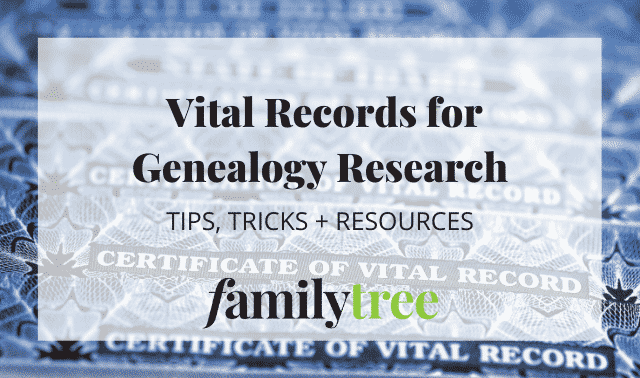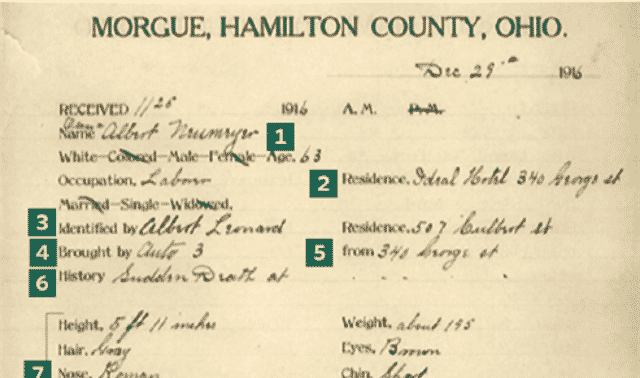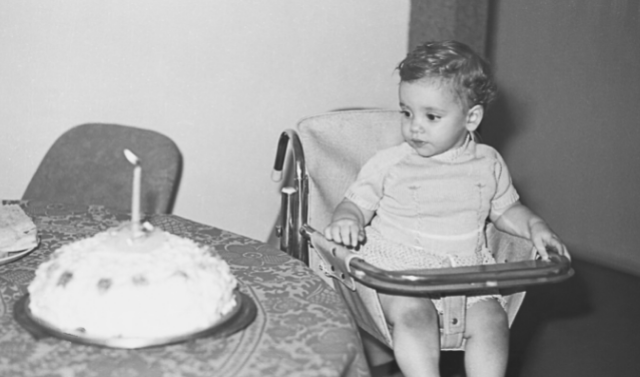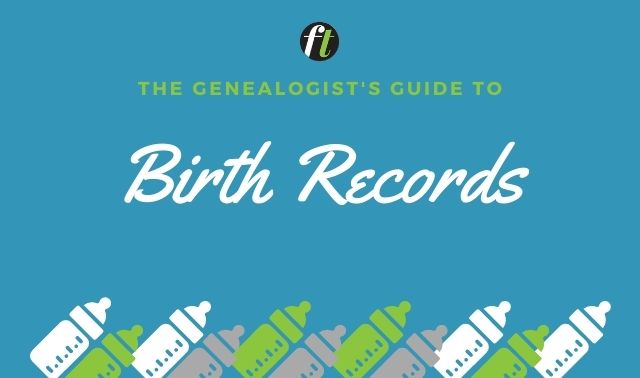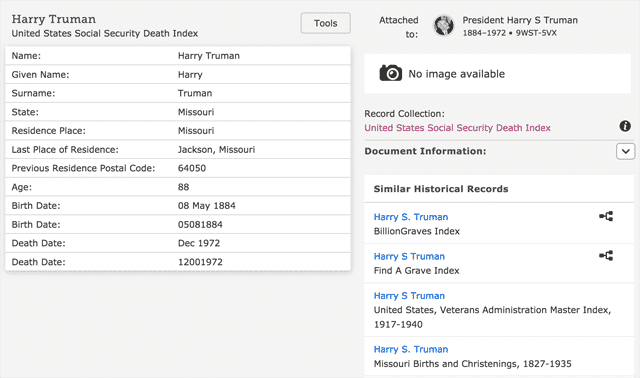Sign up for the Family Tree Newsletter! Plus, you’ll receive our 10 Essential Genealogy Research Forms PDF as a special thank you.
Get Your Free Genealogy Forms
"*" indicates required fields

Though they weren’t universally used in the United States until the 1920s, death certificates can clue you in to more than just when and where an ancestor passed away. But remember that you should consider only the death-related facts as primary-source information.
Other details, including the deceased’s birth date and his or her parents’ names, are secondary-source information—provided by someone without firsthand knowledge of those events. The informant (named on the record) who provided these details may have been mistaken. A government clerk or someone who transcribed the record for an online database also could have introduced errors.
Treat these secondary details in the death certificate as clues, and verify them with more-reliable primary evidence from records created at the time the event occurred. When you find a death certificate, that’s a clue to look for other sources such as newspaper obituaries, probates, funeral records and coroner reports. These may provide even more genealogical information about the deceased and his or her family.
The information you’ll find on death certificates varies with the time period and place, but a typical one is shown here. Death certificates are comprehensive summaries of a great deal of personal information. Follow the clues they provide to other primary evidence and family records.

1. Most certificates bear a person’s full legal name, but might be a nickname. A woman’s maiden name might be used as the middle name.
2. Search for your relative’s death certificate in the political jurisdiction where the death occurred.
3. The residence may be the key you need to locate obituaries, land and property records, tax rolls, the will and probate documents, and more.
4. Always verify the date of birth with additional records. The informant may not have known the correct date.
5. Marital status can help you determine whether a spouse was still living. You can use the spouse’s name to search for a marriage record, possibly in the county where you last found census records listing the deceased living with his or her parents.
6. A physician declared the date of death, which was used on legal documents concerning the decedent’s estate.
7. These details may provide context about the person’s working life. You also may want to research the employer and seek employment records or photographs.
8. Citizenship details may point you to naturalization records and immigration passenger lists.
9. The birthplace provides an important clue in your search for records such as birth certificates, baptismal registers, censuses and school records.
10. A physician usually fills in the natural causes of death, valuable for your family health history.
11. An accident, suicide or homicide would trigger coroner and police investigations. In some cases, supplemental sheets are attached to the death certificate; otherwise, seek coroner’s records. If a crime led to the death, look for trial records and newspaper articles.
12. A spouse or other close family member usually provided the personal information recorded on the certificate—researching this person may reveal clues about your ancestor.
13. The attending physician reported the time of death and signed the certificate.
14. If the person had a Social Security Number, order a copy of the Application for a Social Security Number (SS-5).
15. If the deceased served in the armed forces, you may find the name of the war or dates of service. These details will help you find military service records and perhaps pension files.
16. The father’s name can be a genealogical bonanza that takes you back another generation. Death certificates also may reveal a hard-to-find maiden name for the deceased’s mother.
Related Reads
A version of this article was posted online in February 2021. Last updated: June 2025

